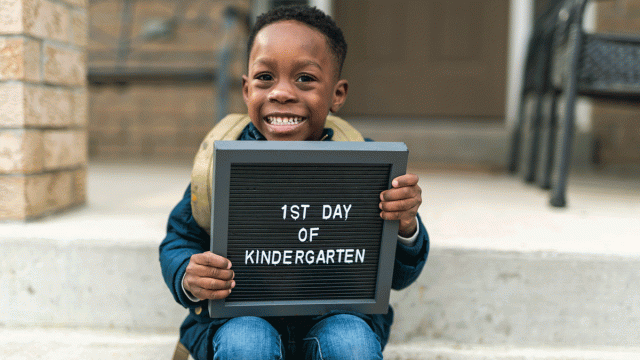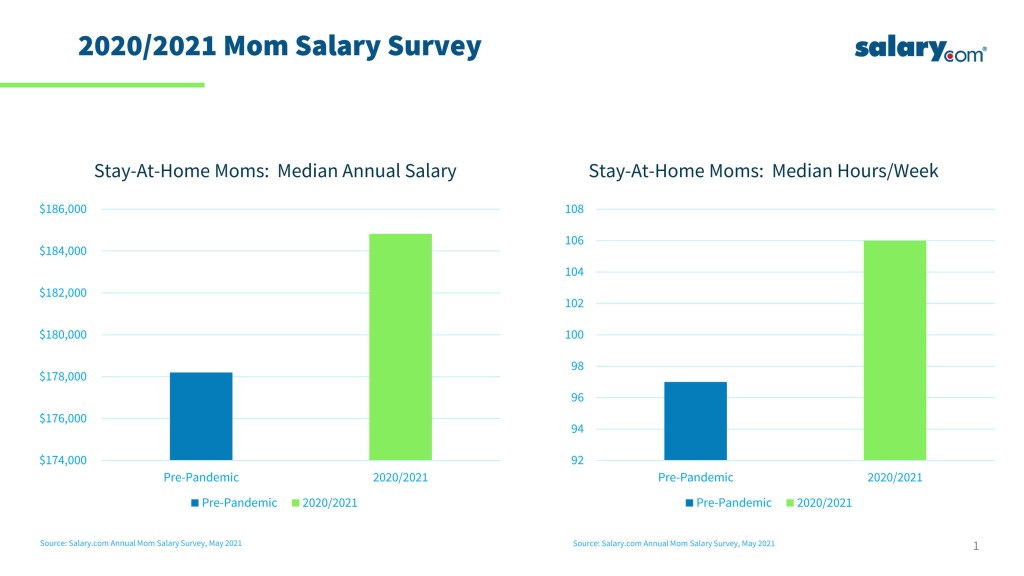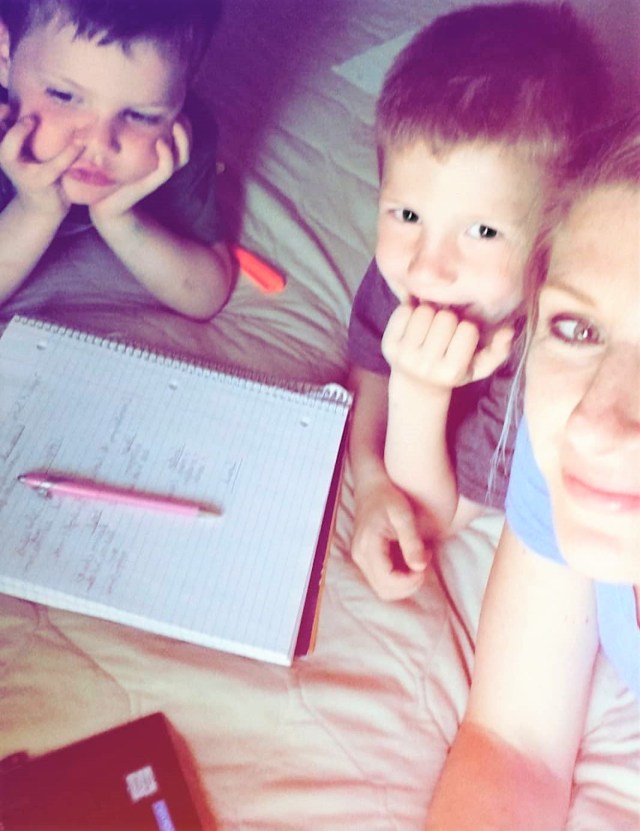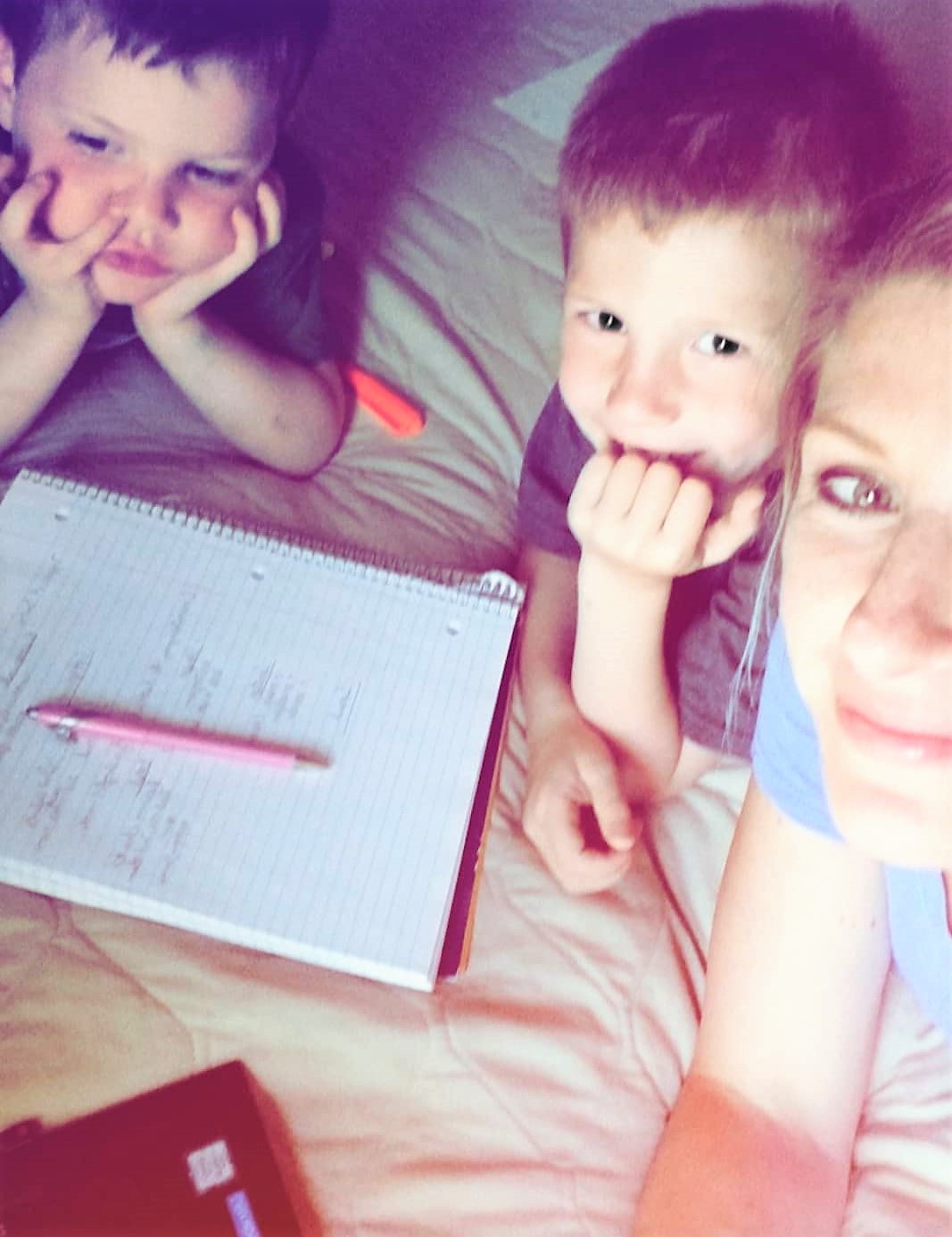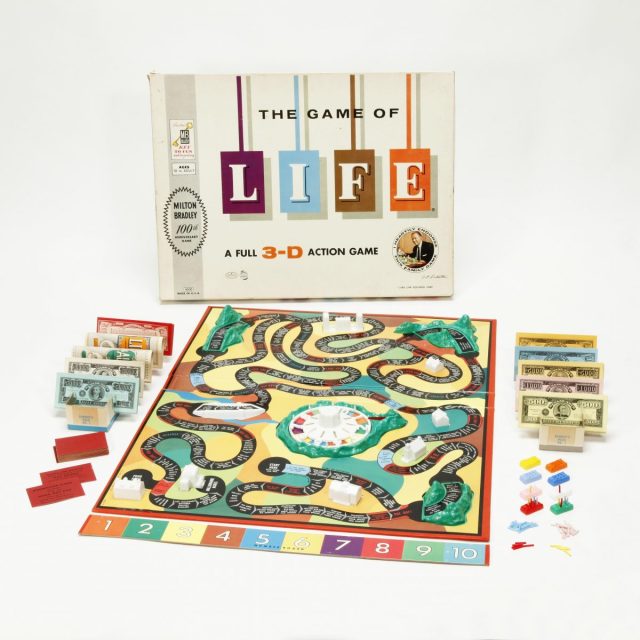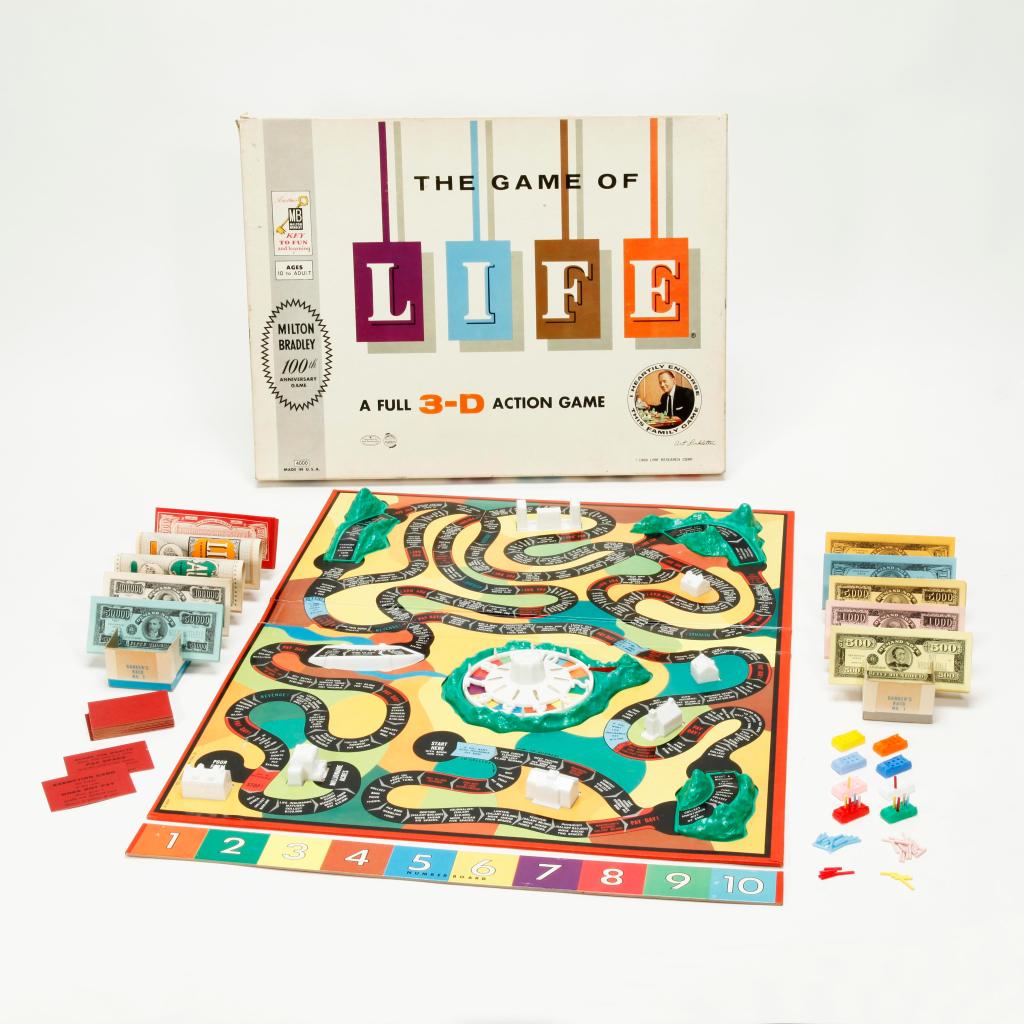Sidewalk chalk is always a favorite
Whether your kid is heading back to the classroom or starting the year at home, it’s important to snag a memorable back-to-school picture of all ages and stages. From cool props and backdrops to DIY picture frames and chalkboards, scroll down to discover 15 first-day-of-school picture ideas and tricks that are as easy as A, B, C.
Cool School Bus

Take the wheel to get fabulous first-day photos with a quick pic before they get on the school bus. Whether they stand on the street with the open bus door or figure out a way to get to a bus before the school year starts, we're sure your little student will roll with it. Don't forget to add cute school supplies as props!
Chalk It Up

With chalkboard paint and a little creativity, you can make a unique family photo prop. Simply order the chalkboard, like this one from you can get on Amazon, and throw in chalkboard markers to complete the project. It’ll be fun to look back over the years to see how your little one has changed.
Talking Frame
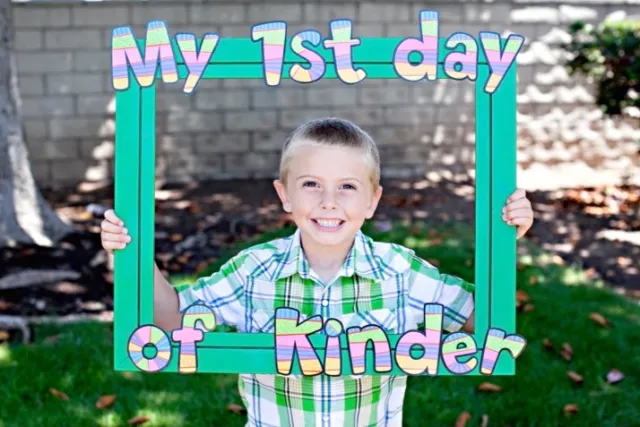
Put the back-to-school crew in the right frame of mind with this easy DIY talking picture frame. We love Apple's and ABCs how-to, with just an old picture frame, paint and stick-on poster letters (you can find at the dollar store). Announce that first day and get a big smile!
It's a Match

Let sibling personalities shine through with matching outfits. Younger siblings who are still at home can feel part of the back-to-school festivities by wearing matching outfits like the big kids. If you like to sew, find a fabric that fits everyone and follow Melissa Esplin's matching tees idea.
RELATED STORIES: These Before & After School Pictures Are Aww-dorable
Strut Your Stuff

Let your little one express their style in their back-to-school picture and if that means a mismatched outfit or a pair of sassy shades, all the better! We love this free-spirited shot by JoopaShoots Photography that captures this kiddo’s personality.
Go Green

Short on time? Go green. Find a bush or shrub that makes a background frame around your little scholar for a perfectly-framed shot. Bonus points if you can find a spot that has flowers to add a pop of color. Remember to take several shots and have them stand big and strong with a smile on their face.
Crazy Crayons
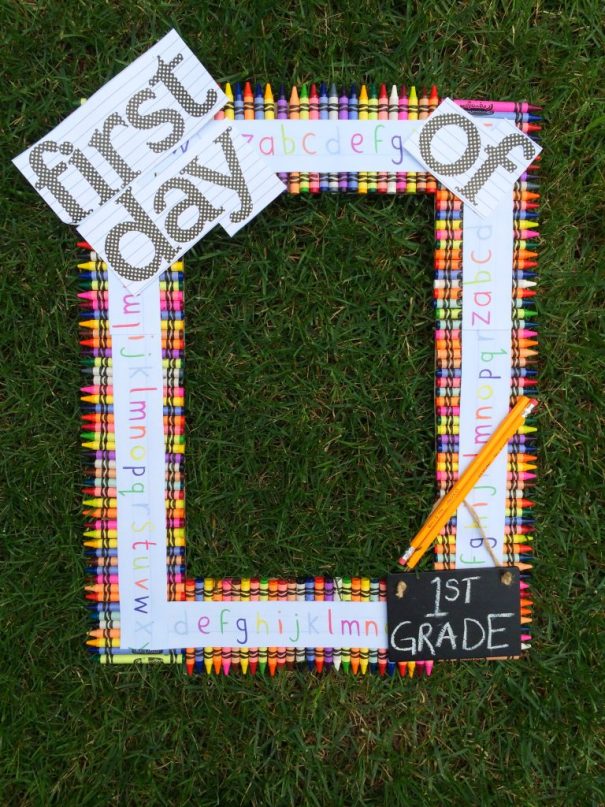
How cute is this photo frame prop from Surviving a Teacher’s Salary? In addition to being a fun craft to finish off your summer with, it’s super easy.
Scholarly Props

Have fun with props—got an old typewriter or a stack of textbooks lying around? They’ll be the perfect backdrop for your mini photoshoot. Add in a pair of faux glasses, and you’re in business.
RELATED STORIES: The Best Family Photo-Sharing Apps
Pop of Color

Want to make a quick and easy backdrop? Click through to Lovely Indeed's colorful backdrop that adds a festive hue with streamers. You can change the color to their school colors or match their first day of school outfits to change it up.
Sky’s the Limit

Take some of that sidewalk chalk the kids have been using all summer and switch things up with a new point of view. It will remind your stellar student that the sky is the limit.
Two Birds, One Sign!
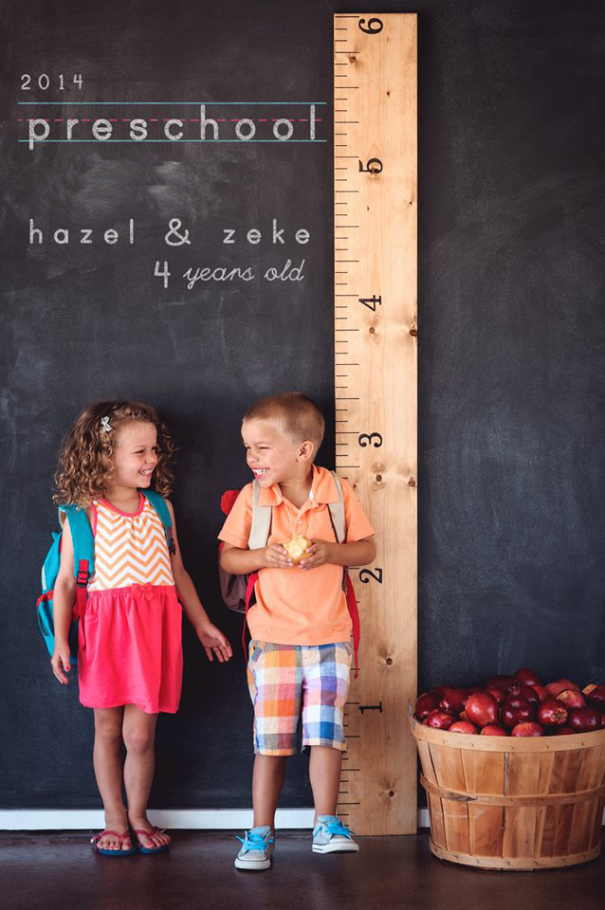
Does anyone else forget to keep up with that growth chart hanging behind the bedroom door? Use one as a backdrop, and you’ll know exactly how much they’ve grown by the end of the school year. For inspiration, check out how to double-down on the adorable over at Jonesing2Create.
Parents in the Picture

While you watch in awe as the kids mature, you also change from parents of preschoolers to—somehow—soon-to-be grads. As one future mom reminds us, it’s important to document your own evolution along the way. Later, the kids will thank you.
After-School Special

Hooray! They made it through the first day! Be sure to commemorate that moment, too, along with all its relief and excitement. That feeling of hearing the school bell ring and knowing a fun afternoon awaits captures a special essence of childhood, doesn't it?
RELATED STORIES: Make Family Photos Less Painful with These 5 Tips
Video Star

Press record and ask the questions you’d usually save for the sign—grade level, favorite things and the most timeless of inquiries: what they want to be when they grow up. With a live interview, you’ll capture even more—the voice, the gestures, the giddy charm—about this age and time. After all, by next year they’ll have gone and grown up all over again.
Mommy and Me
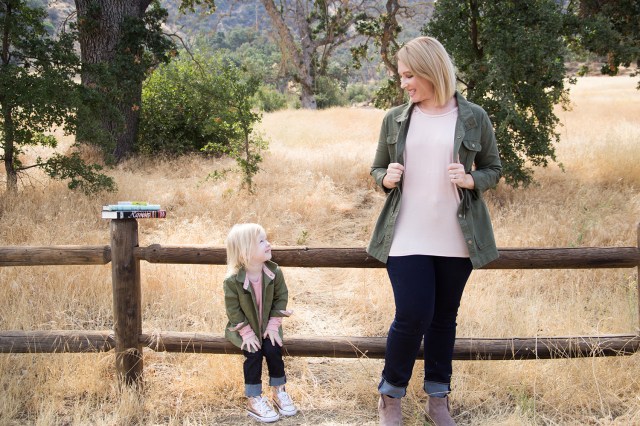
First-timer? Ease the transition with matching outfits (like Mamma Carly's pics!) to show you're on the same team. Pick a nice background and grab some scholarly props to make this an Insta-worthy back-to-school shot.
For those simply wanting to share moments with friends and family without making it a public display, there are safer options like the Tinybeans app (you can learn more and download it here!), which puts parents in total control of who can see and interact with photos and videos.
—with additional reporting by Taylor Clifton
